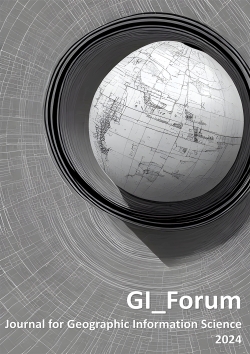
GI_Forum 2024, Volume 12, pp. 1-16, 2025/02/14

Education for sustainable development (ESD) requires new and updated approaches, including the use of information and communication technologies like digital geomedia. However, despite their numerous possibilities, digital geomedia appear to be under-utilized in ESD, meaning that their full potential remains unused. This leads to unresolved questions: How are digital geomedia currently used in ESD, and what form do they take? What are the obstacles and possibilities for integrating digital geomedia in ESD? How can we address them? To answer these questions, the ESDplus project conducted an online questionnaire among organizations that carry out ESD (protected areas, museums, nature conservation associations and zoological gardens). The results show that one-third of the respondents have never used digital geomedia, and only 4% apply digital geomedia in their ESD activities. Even though almost two-thirds see great potential in the use of digital geomedia, a majority still prefer to use traditional analogue methods in ESD. The following issues are key to improving the use of digital geomedia: providing an overview of digital geomedia; their integration in ESD activities, and the provision of suitable training materials.
Keywords: learning with geoinformation, informal education, environmental education, geodata and geoinformation